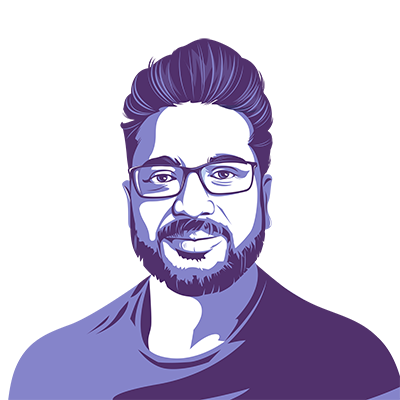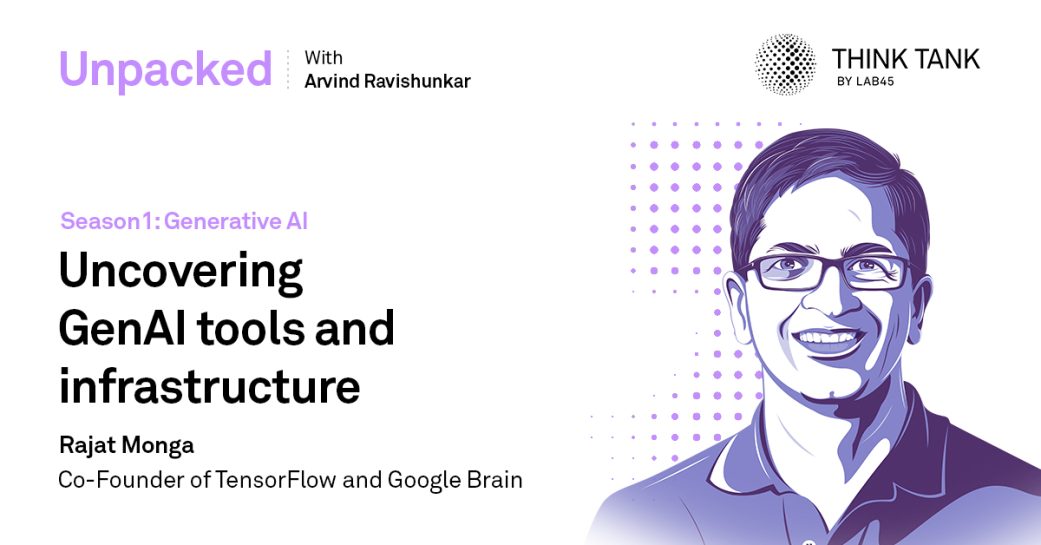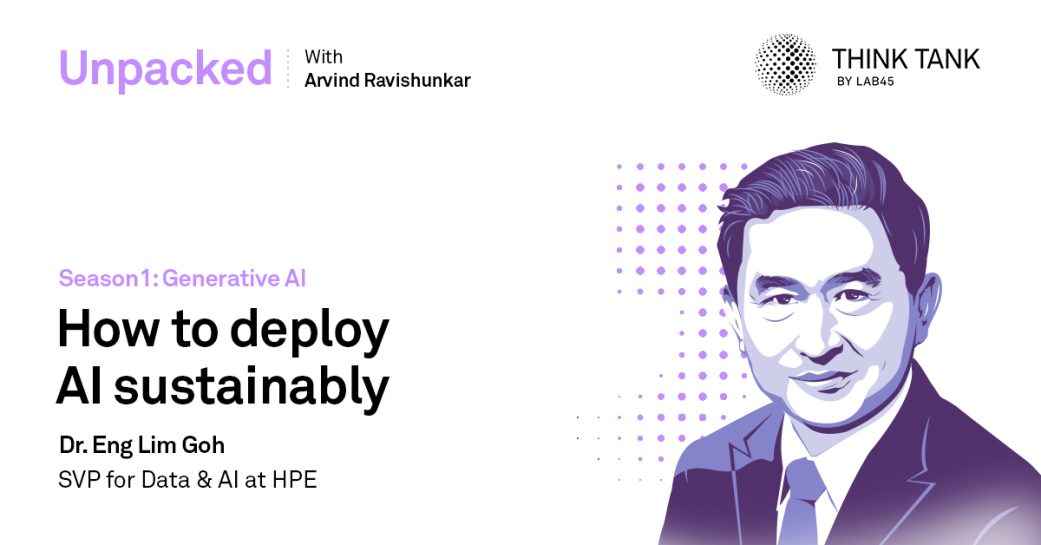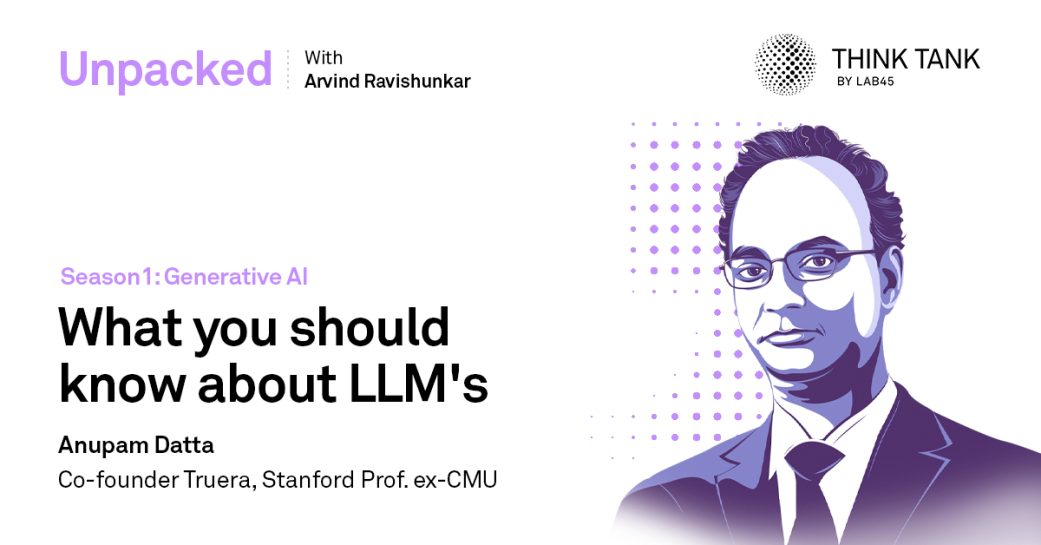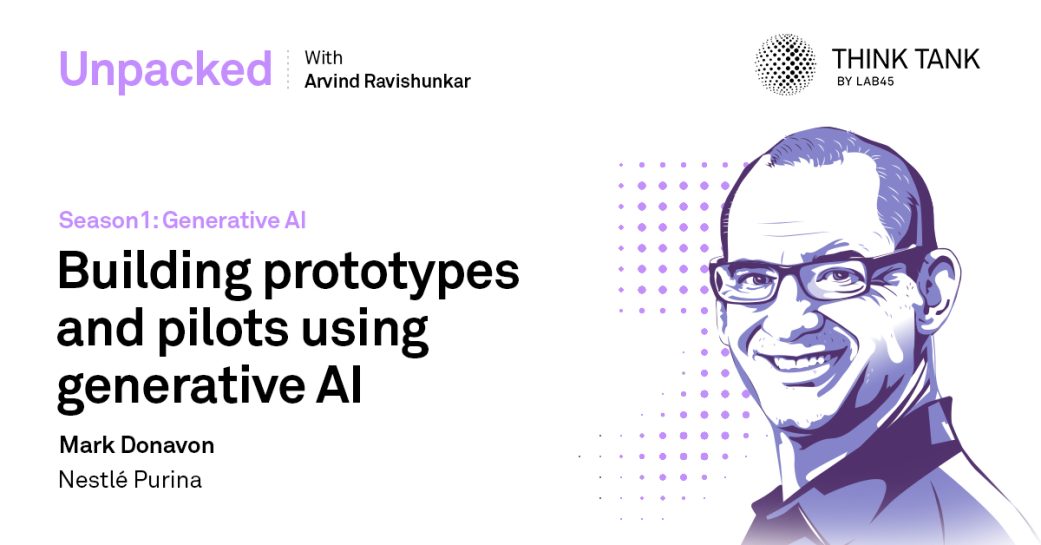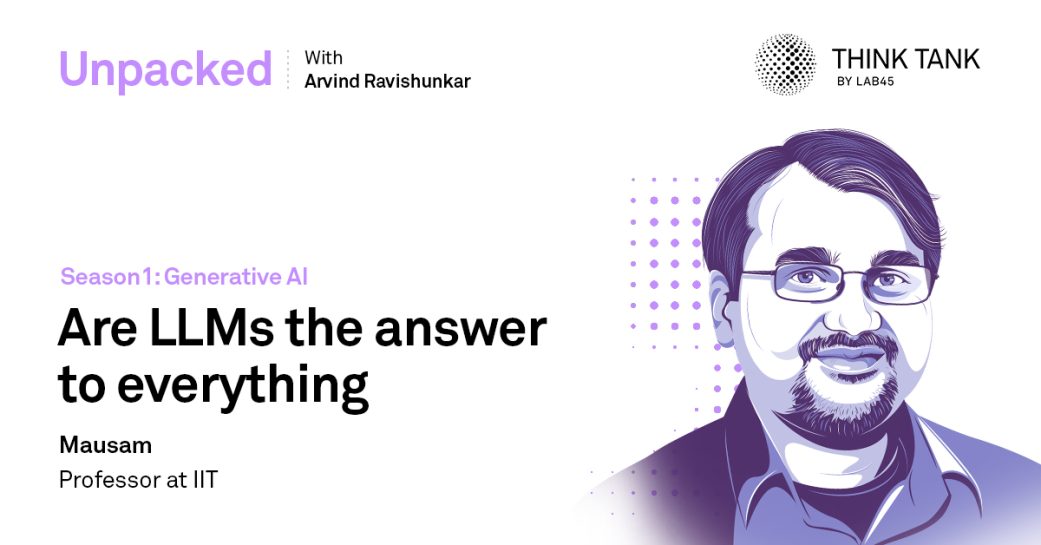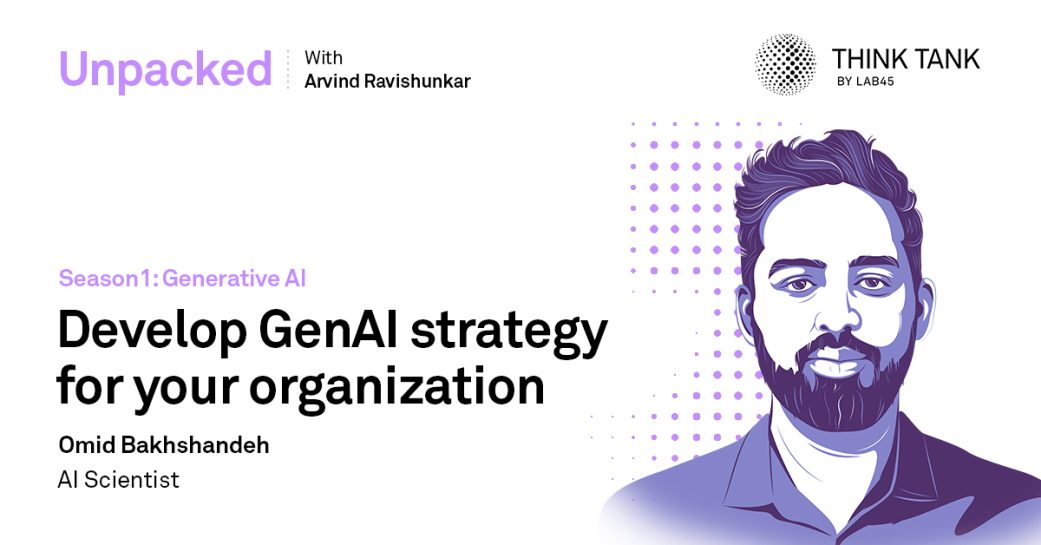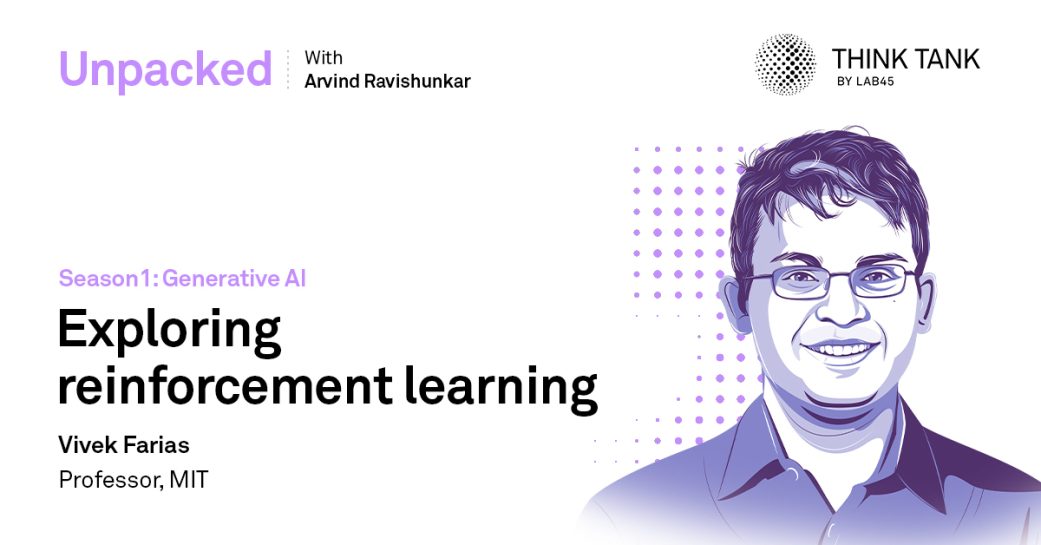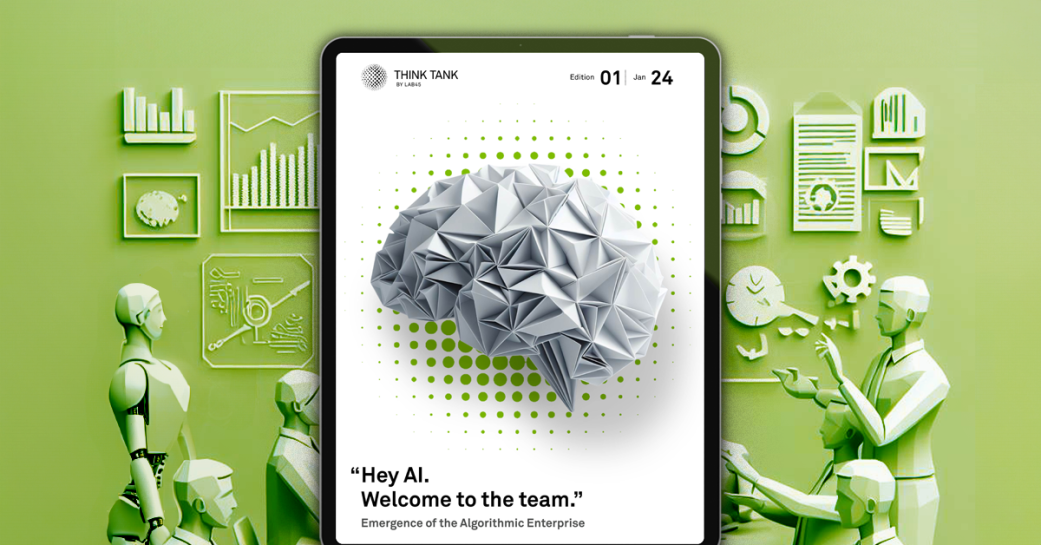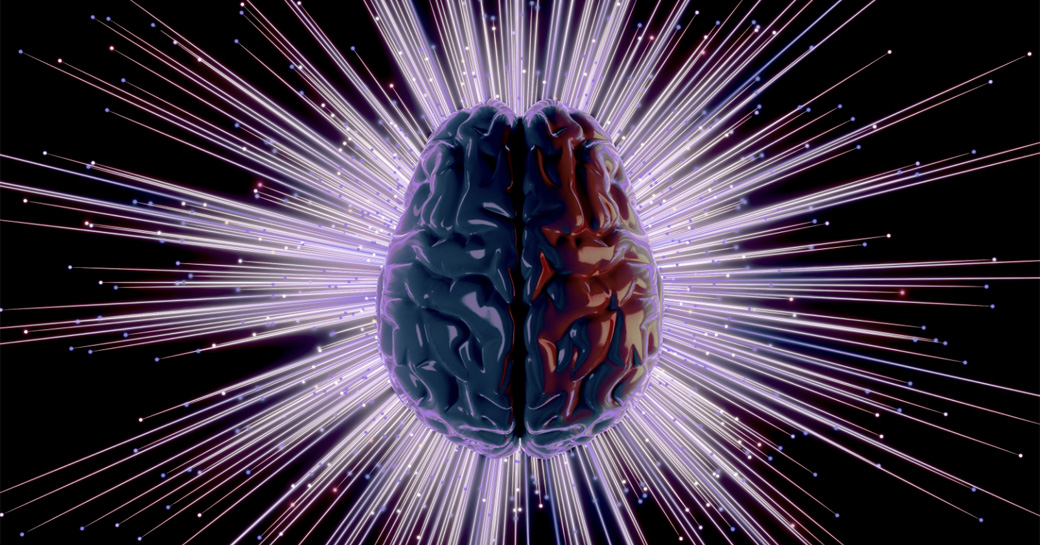Performance and choice of LLMs with Nick Brady, Microsoft
Engaging topics at a glance
-
00:12:23Introduction
-
00:14:20Current use cases being deployed for GenAI
-
00:19:10Performance of LLM models
-
00:36:15Domain Specific LLMs vs General Intelligence LLMs
-
00:38:37How to choose the right LLM?
-
00:41:27Open Source vs Closed Source
-
00:44:50Cost of LLM
-
00:46:10Conclusion
"Exploring what should organization considering when choosing to adopt LLMs" with guest Nick Brady, Senior Program Manager at Microsoft Azure Open AI Service
AI has been at the forefront of transformation for more than a decade now. Still, the Open AI launch of chat GPT in November 2022 will be noted as a historical moment – the scale of which even Open AI did not expect – in the history of technological innovations. Most people don’t realize or fully appreciate the magnitude of the shift that we’re in. Now, we’re able to directly express to a machine a problem that we need to have solved; equipping these technologies with the right reasoning engines and the right connectivity could bring the biggest technology leapfrog not just for enterprises but even in everyday lives.
The onset of leapfrog does bring out a few questions for enterprises looking to adopt GenAI as a part of their strategy, operations and way ahead, like:
if we equip these technologies with the right reasoning engines and the right connectivity to this work and the things that we do every single day, this could be the single most democratising force of technology like the world has ever seen, not just in enterprise but even in our personal lives.rn

– Nick Brady
What use cases are best suited to adopt the models?
While most customers are looking for how this could reduce business costs in their organizations, the true value is when it is used to maximize business value productivity and downstream that could lead to employee satisfaction and customer satisfaction. Any place where there’s language – programming or natural language – is a good use case for generative AI, and that probably would be the most profound shift. So, if you have language, if you have a document, if you have big data where you’re trying to sort of synthesize, understand what that content and what the content is, generative AI models can do this ad nauseam without any delay.
The interesting thing about parameters is it’s actually not a direct correlation to how powerful the model might be. I mean, the parameter size refers to essentially the number of values that the model can change independently as it learns from data.

– Nick Brady
The most common metric used across the world to describe LLMs is the number of parameters; in the case of GPT 3, it is trained on 175 billion parameters, but what does this mean?
Parameter size refers to essentially the number of values that the model can change independently as it learns from data and stores all information in the vast associative ray of memory as its model weights. What’s perhaps more important for these models, and it speaks to more of their capability, is their vocabulary size.
How does one decide and evaluate which would be the best-suited model for the selected use cases?
The best practice really is to start with the most powerful and advanced language model like GPT 4.0 to test, if it’s even possible, with your use case. Post confirming the possibility of use case trickle down to simpler models to find its efficacy and efficiency. If the simpler model can probably achieve 90% of the way, with just a little bit of prompt engineering, then you could optimize for costs.
But many of LLMs are English only and that’s a real problem, especially for multinational enterprises and organisations that have diverse employees and diverse customers that speak in many different languages.

– Nick Brady
Organizations would have to define what quality means to them. It could be the model’s output, its core response, or performance in terms of latency, where the quality of the output may not be as important as how quickly we can respond back to the user.
The key for leaders is to pay close attention to the potential use cases, test them with the best model and then optimize the model to balance the cost, efficacy and efficiency factors.
Production Team
Arvind Ravishunkar, Ankit Pandey, Chandan Jha
